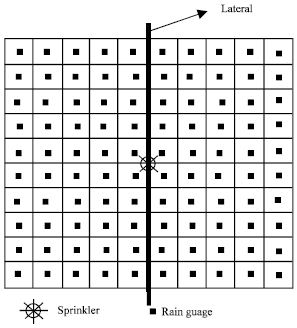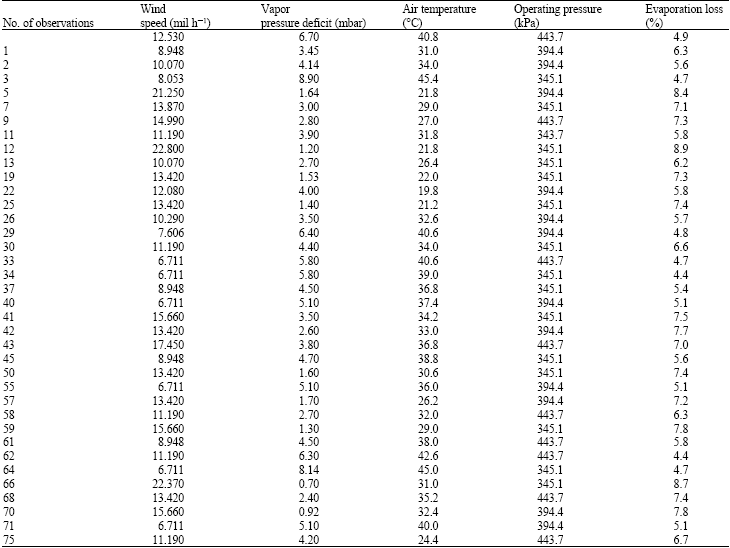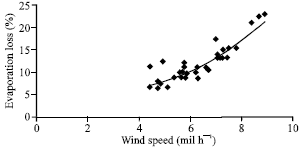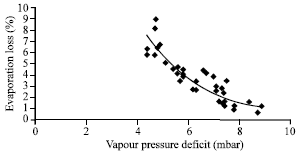Research Article
Evaporation Losses from Sprinkler Irrigation Systems under Various Operating Conditions
Department of Irrigation and Drainage, Faculty of Water Sciences Engineering, University of Shahid Chamran, Ahwaz, Iran
H. A. Kashkuli
Department of Irrigation and Drainage, Faculty of Water Sciences Engineering, University of Shahid Chamran, Ahwaz, Iran
S. Boroomand
Department of Irrigation and Drainage, Faculty of Water Sciences Engineering, University of Shahid Chamran, Ahwaz, Iran
A. Naseri
Department of Irrigation and Drainage, Faculty of Water Sciences Engineering, University of Shahid Chamran, Ahwaz, Iran
M. Albaji
KWPA, Ahwaz, Iran












